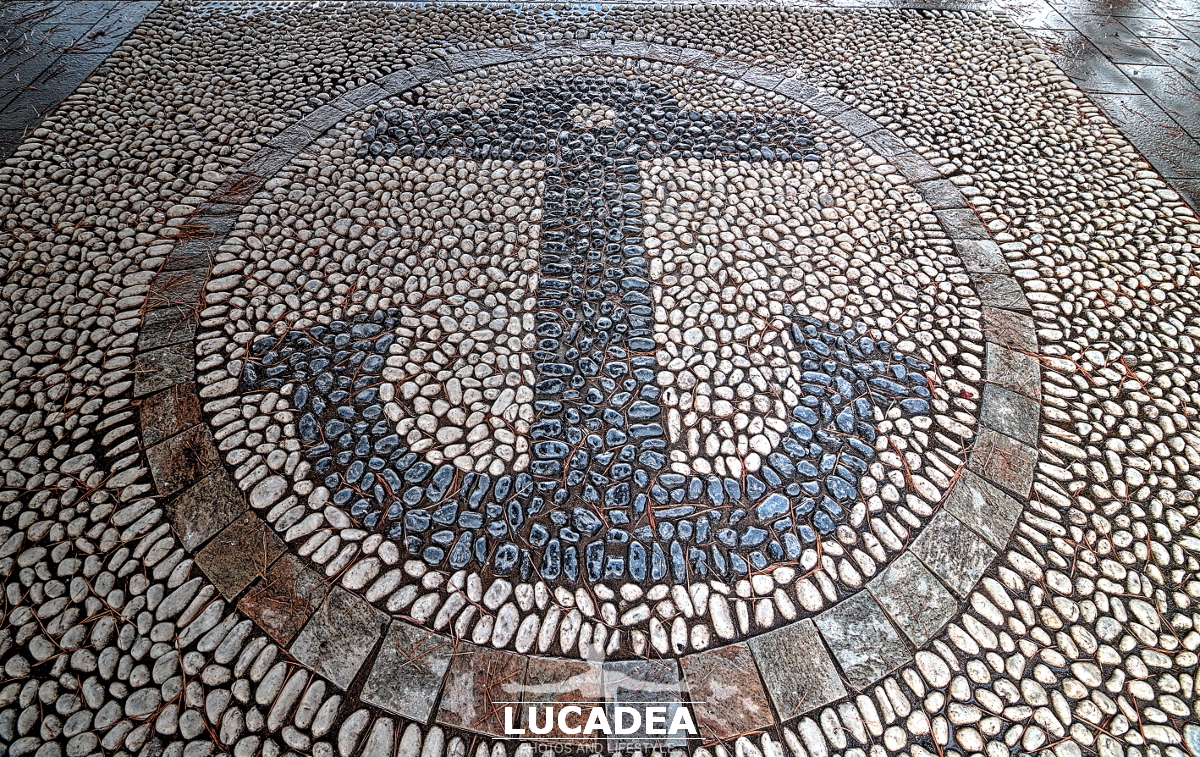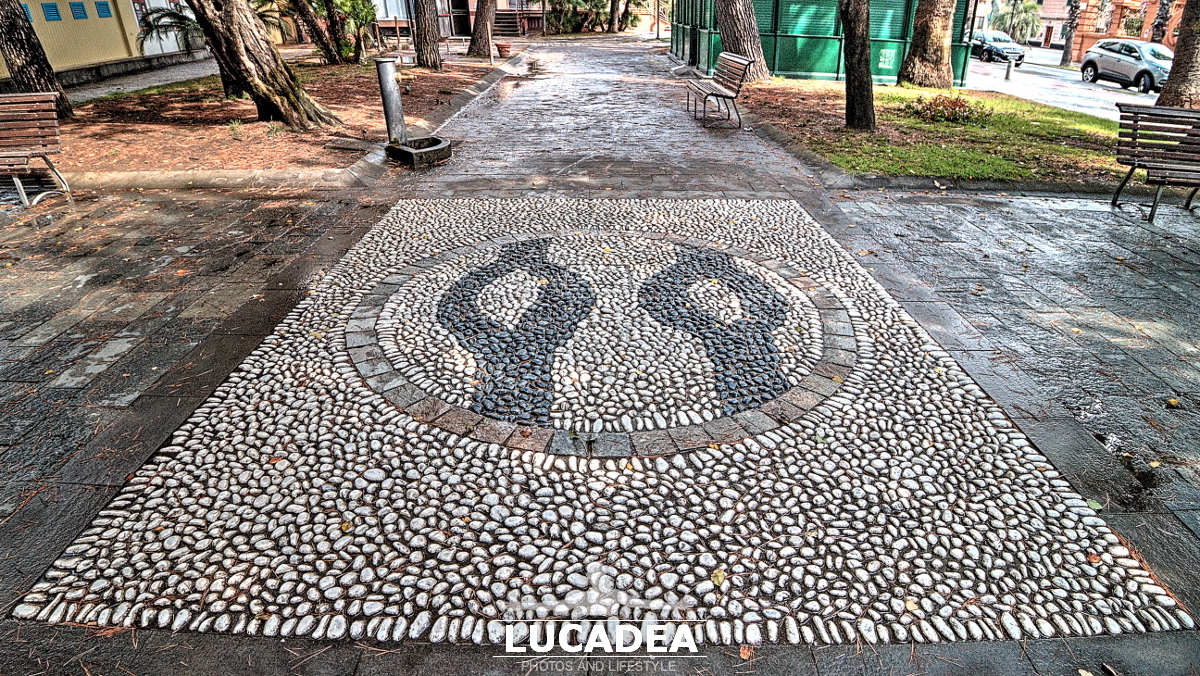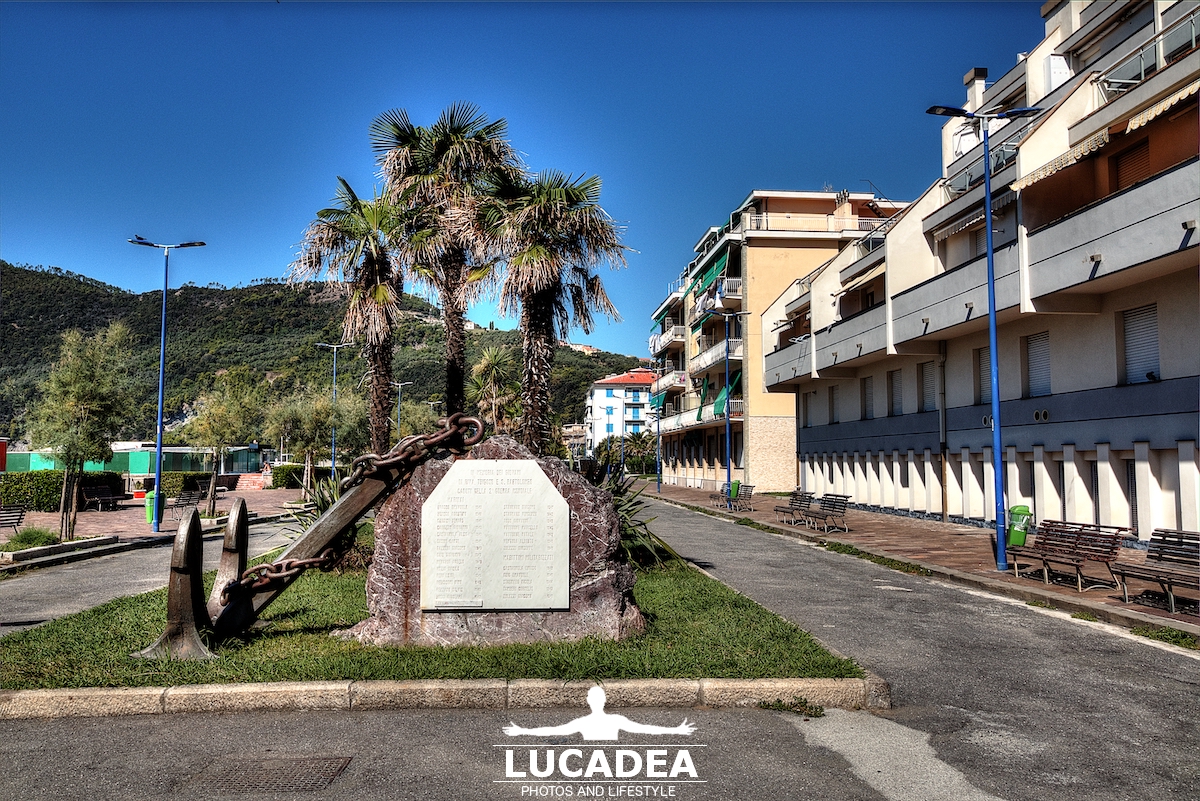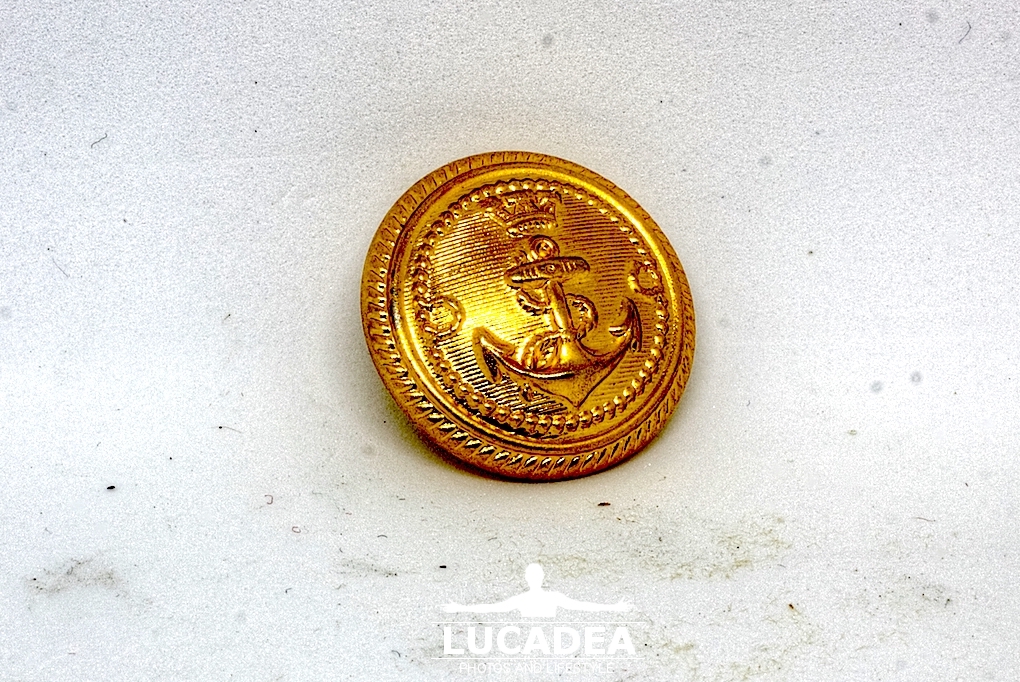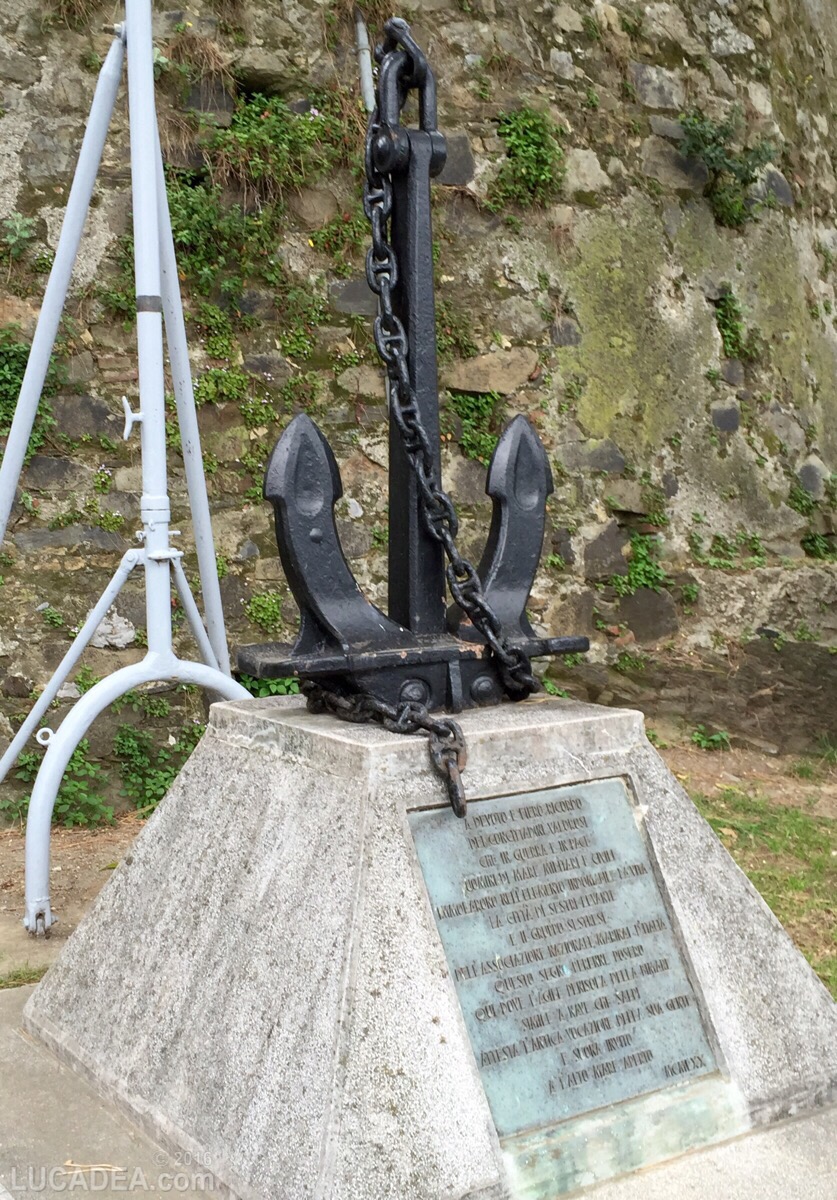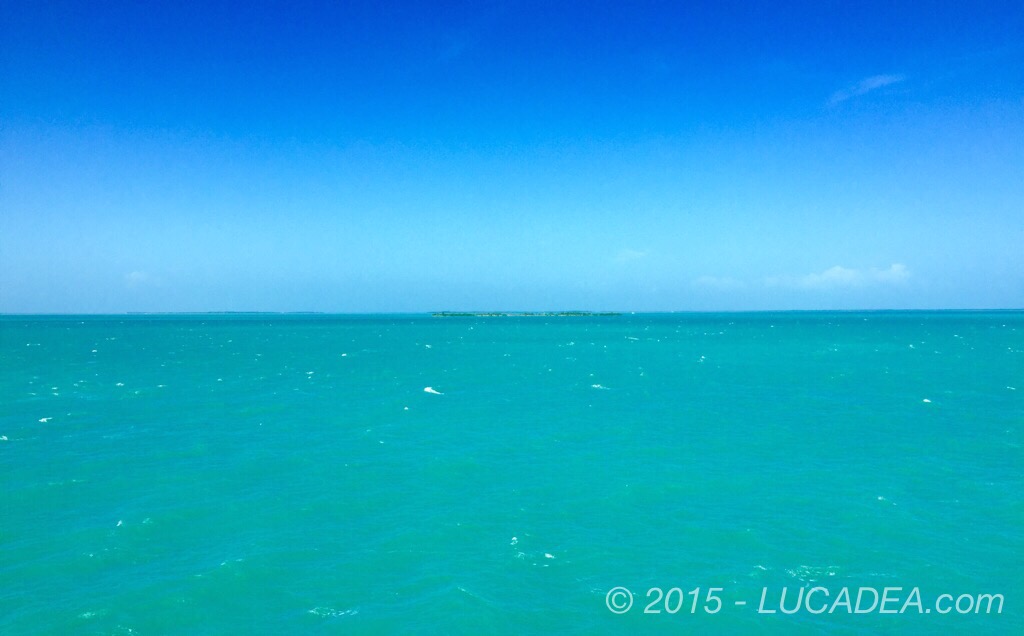Ciottoli, o risseu, in passeggiata a Sestri Levante.
Oltre che di fronte alle chiese i ciottoli venivano usati anche per decorare strade e passaggi pedonali.
In questo caso, ad esempio, potete vedere come i ciottoli sono stati usati per decorare questi spiazzi.
In una foto si vede bene un’ancora mentre nell’altra non capisco bene quale sia il soggetto dell’opera: forse due pesci o due occhi.
Resta comunque la bellezza di questa decorazione eseguita da alcuni maestri utilizzando i sassolini del mare a contrasto tra quelli bianchi e quelli neri.
Se cercate nel sito dovrei avere altre foto di questo tipo di pavimentazione perché in Liguria molto spesso viene usata per decorare i sagrati delle chiese.
Photo taken with Canon EOS M100 and lens Canon EF-S 10-18.
The material available in different areas has influenced in the past the laying techniques and the possibility of also creating decorations, based on the shapes and colors of the available stone elements. In the alluvial plains, rounded pebbles taken from riverbeds are preferred; near the sea, pebbles with a lenticular morphology, taken from the beaches, are preferred; in the mountains, elongated pebbles from streams.
The Pebbles, also called risseu, in the promenade of Sestri Levante – Les galets, également appelés risseu, sur la promenade de Sestri Levante – Los Pebbles, también llamados risseu, en el paseo marítimo de Sestri Levante – Os seixos, também chamados risseu, no passeio de Sestri Levante – Die Kieselsteine, auch Risseu genannt, an der Promenade von Sestri Levante – Pebbles, còn được gọi là risseu, trong lối đi dạo của Sestri Levante – 鹅卵石,也称为 risseu,位于塞斯特里莱万特长廊 – セストリ・レバンテの遊歩道にあるリセウとも呼ばれる小石

